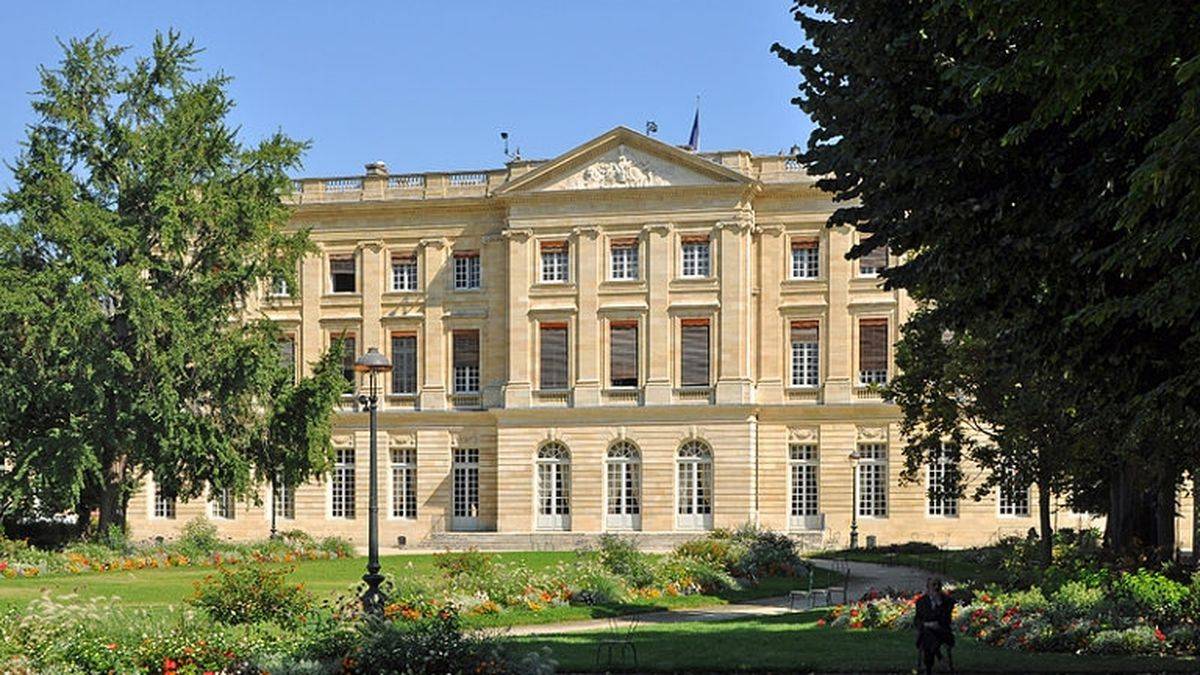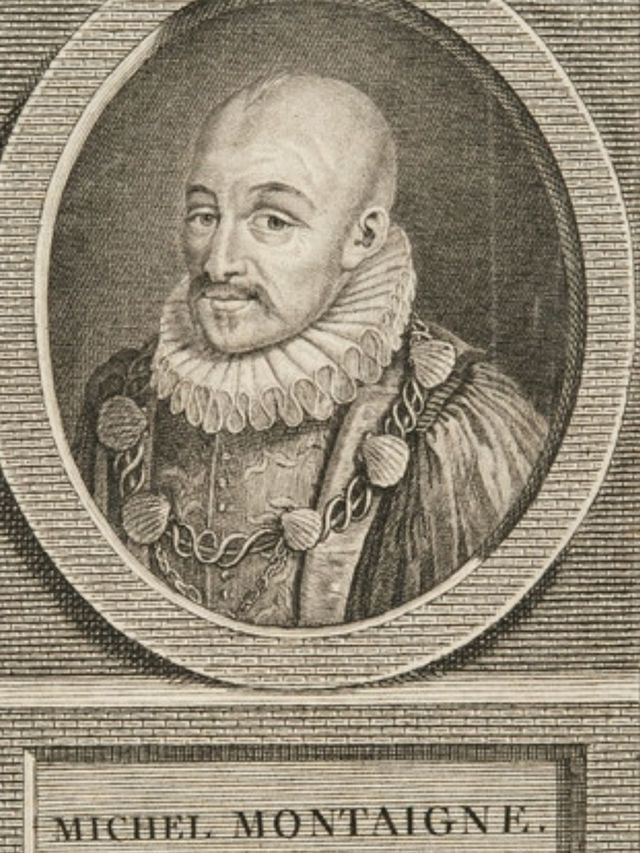 The façade | ©Ludovic Courtès / CC-BY-SA
The façade | ©Ludovic Courtès / CC-BY-SALots of amazing stories took place in St-Seurin! Roland de Roncevaux, relics, miracles...
Do you know duke of Lancaster and the Black Prince visited the church before they went to war? The archbishop gave them their weapons...
A church and its crypt
The western porch and the bell-tower date back to the 11th century. The eastern porch flanked by its 2 statues dates back to the 13th century, the chapel Notre-Dame-des-Roses to the 15th century.
One of the bell-tower destroyed by a storm in 1822 was replaced...
Saint-Seurin (or Séverin) was raised on the foundations of 2 chapels: church Saint-Etienne (dedicated by saint Martial and where Seurin was buried) and the church Saint-Sauveur (founded by sainte Véronique).
Saint-Sauveur was extended at the end of the 4th century.
Then they built the crypt, where Christians came to pray for saint Fort’s relics: at that time, king Clovis restored church Saint-Sauveur and gave gorgeous tombs for saints buried here.
The crypt was called the Sepulchre; 2 centuries later, it became saint Fort's cave.
St Martial, st Fort and Cie
Fort? Who was he? And who were all those saints buried here?
We have Véronique and Benedicta, born in Gironde; then, saint Amand and Seurin, but also Martial, patron of Aquitaine: his legendary staff which made miracles was part of the church’s treasure! People carried it in pilgrimage, every year.
But saint Fort was also very important: mentioned for the first time in the middle of the 14th century, his name day was on May 16th. This day, all the city was jubilant, to celebrate Fort, their bishop of Bordeaux.
People came to take the oath on Fort’s reliquary: Bordeaux mayors did it! Even French writer Montaigne, city mayor in 1580, accepted the tradition...
Women also took their ill children on the reliquary, in order to cure them... The primitive tomb of saint Fort was flanked by a cenotaph in the 17th century.
Roland’s horn
Another legend, now: the tradition says Roland’s famous horn, full of gold, was put here after the battle of Roncevaux!
Roland was king Charlemagne’s nephew and a brave knight. Théroulde, in his medieval poem La chanson de Roland ("Roland's song"), mentioned that fact: Les Français arrivent à Bordeaux, la belle ville. C'est ici que sur l'autel du baron saint Séverin, Charlemagne dépose l'olifant de Roland qu'il avait rempli d'or et de mangons (ancienne monnaie d'or), que les pèlerins peuvent encore voir., which means "The French arrived in Bordeaux. Here on Severin's altar, Charlemagne laid Roland's horn down, a horn that he filled with golden money."
Bishop’s seat
Oh, wait: don't miss the beautiful episcopal seat (15th century): a masterpiece! The tradition says archbishop had his own seat in Saint-Seurin, when he came in visit in Bordeaux.
Until the 16th century, it was in Saint-Seurin that archbishops of Bordeaux, after their election, made their official entry.
Don’t miss the huge alabaster retable (14 scenes about saint Seurin’s life) and the retable of Notre-Dame-de-la-Rose (15th century), with 12 scenes about Virgin Mary’s life...

